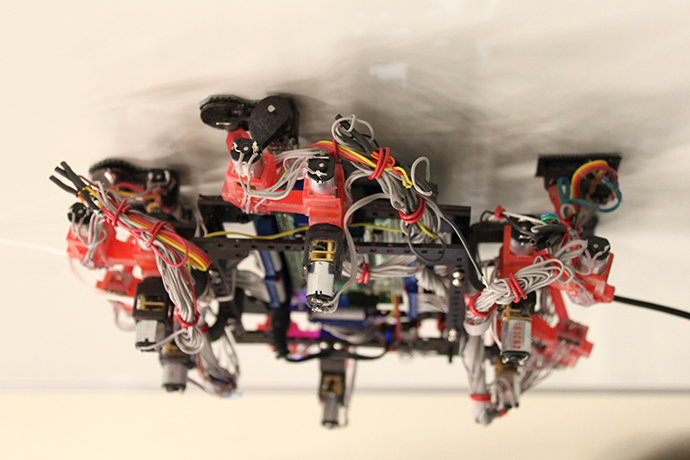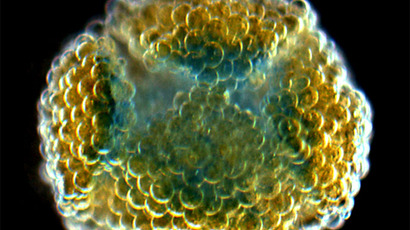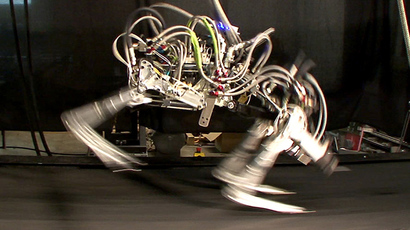Crawling gecko robot may help tend spacecraft one day (VIDEO)
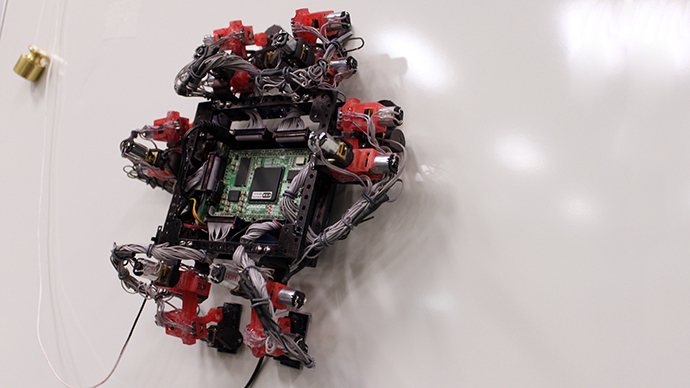
Canadian researchers have built a gecko-like robot, which is able to stick to vertical surfaces by means of dry microscopic toe hair. European scientists say it could one day be deployed in space to help tend the hulls of spacecraft.
As the International Space Station crew spend hours on spacewalks
for maintenance operations, European Space Agency (ESA) have been
testing a Canadian-made robot that could soon spare the
astronauts the trouble of going out into the void at least for
some of the work.
That’s after the development of an innovative approach for
mounting the machines onto the delicate surface of moving
spacecraft by researchers at Canada’s Simon Fraser University.
Their pet project is a six-legged climbing robot that uses the
same principle of sticking to surfaces as little lizards, known
for their ability to climb walls and windows without leaving a
trace.
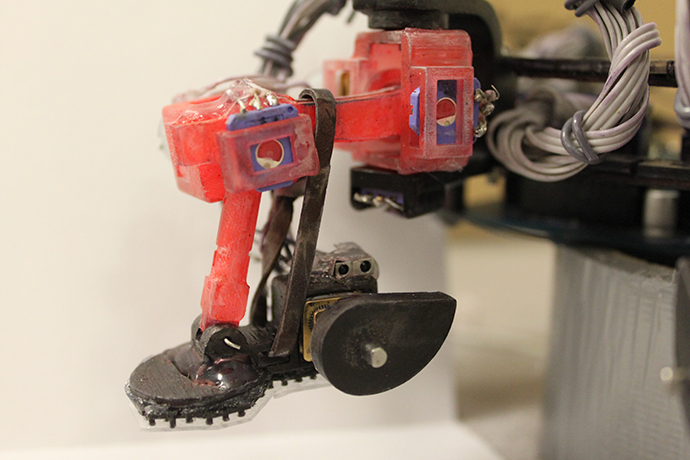
Nicknamed Abigaille, the 240-gram gecko-bot is “an example of biomimicry, taking engineering solutions from the natural world,” the research team’s leader Mike Henrey explains.
The lizard does the trick through millions of microscopic hairs known as setae, which interact with the surface and create a molecular attraction known as the van der Waals force. Gecko’s setae are just 100-200 nanometers in diameter – about 1000 times thinner than a human hair.
The robot makes use of the same technique in the design of its footpads, developed with the help of the micro-electronics industry.
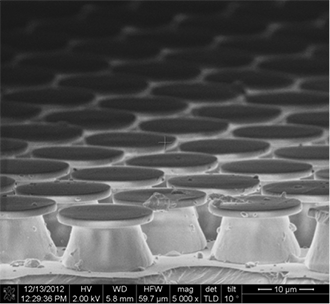
“Technical limitations mean these are around 100 times larger than a gecko’s hairs, but they are sufficient to support our robot’s weight,” Henrey comments.
While the prototype robot is still far from being a perfect climbing machine, moving at a speed of about 24 millimeters per minute, it represents a very promising innovation, according to ESA researchers.
ESA’s European Space and Technology Center in Noordwijk, the Netherlands, has put the robotic gecko through trials at a materials-testing lab, replicating the vacuum and temperatures of space.
The tests found that the “dry adhesive” employed by
Abigaille works a charm.
“A depth-sensing indentation instrument was used inside a
vacuum chamber to precisely assess the dry adhesive’s sticking
performance... Experimental success means deployment in space
might one day be possible,” ESA specialist Laurent
Pambaguian said in a press release.
The reason why the scientists are so interested in gecko-mimicking technology is because common adhesive methods like sticky tapes, Velcro or magnets are not suitable for the space environment and could damage or interfere with a spacecraft, developer Henrey notes.
Abigaille is also far more dexterous than existing wheeled bots
as each of its six legs have four degrees of freedom, easily
shifting from horizontal to vertical positions.
The robotic gecko is yet to be thoroughly tested, including in
zero-gravity conditions.
According to Henrey, “It’s very expensive to upgrade hardware
once it is up in space so the idea would be to fly a more general
robot in the first place. This could then be adapted through
software upgrades for different tasks that weren’t anticipated at
the start of the project.”
